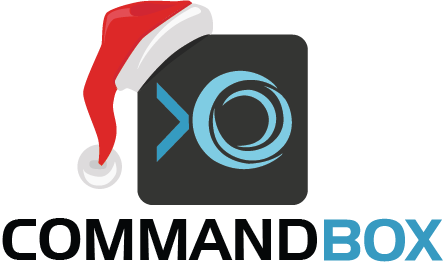
In this installment of The 12 Tips of (CommandBox) Christmas we'll talk about a CommandBox module called CFConfig that will make your life a whole lot easier. A couple of days ago we covered the server.json file which helps you define what CF engine to use (Lucee, Adobe, etc) and your JVM settings and web server settings in a way that is easy to distribute to you coworkers. There was one big thing missing though and that is all of the settings that you put in your ColdFusion administrator like datasources, CF mappings, and request timeouts. Well, Christmas has come early this year because CFConfig is the piece of the puzzle that does that for you!
All the settingz
CFConfig gives you the ability to manage most every setting that shows up in the web administrator, but instead of logging into a web interface, you can manage it from the command line by hand or as part of a scripted server setup. You can seamlessly manage config for all the following:
- CF Mappings
- Datasources
- Mail servers
- Request, session, or application timeouts
- Licensing information (for Adobe)
- Passwords
- Template caching settings
- Basically any settings in the web based administrator
Do I have to use CommandBox servers?
Nope! CFConfig will work on any CF server regardless of how it was installed. Since it interacts directly with the config files, the server doesn't need to be running. Heck, the server doesn't even need to be installed yet! CFConfig can be used to write out config files before you even start a CommandBox server for the first time.
But it's not just for CommandBox servers. All you need is the folder path to the CF home in your server installation and you can point the CFConfig library at it. This means CFConfig can be used for syncing config across existing servers, standing up docker containers, or provisioning Vagrant VMs.
Show me the XML
CFConfig interfaces directly with the XML and property files used by your CF engine to store its configuration. It takes care of translating the config properly so you use the same commands regardless of what engine you're managing the config for. The tool will try hard to figure out the version of ColdFusion or Lucee that you have installed and there are hints you can give it as well. Both ACF and Lucee also have settings to monitor the config files for changes so you don't even need to restart the server to pick up your changes.
Let's try it
To use CFConfig, you can install it into CommandBox easily like so. Remember, new versions are coming out on a regular basis right now, so don't forget to update it often (you can just re-run the install command) These commands will work on any CF engine and if you run them from the root of CommandBox server they will "just work" as it will "find" the server for you. To run these commands against another type of server, you'd need to specify a folder path for the "from" or "to" parameters that pointed to the server home directories.
CommandBox> install commandbox-cfconfig
Now that you've got the tool installed you can dig into the command help to see where to go from there. Here's a quick overview of some of the commands. Run the built-in command help for more info on each one.
View a setting
CommandBox> cfconfig show requestTimeout
Set a setting
CommandBox> cfconfig set requestTimeout=0,0,10,0
View all settings for a server
CommandBox> cfconfig show
Add, list, and delete a CF Mapping
CommandBox> cfconfig cfmapping save virtual=/foo physical=C:/bar CommandBox> cfconfig cfmapping list CommandBox> cfconfig cfmapping delete /foo
Add, list and delete a datasource
CommandBox> cfconfig datasource save name=myDSN dbdriver=mysql host=localhost port=3306 database=myDB username=brad password=foobar CommandBox> cfconfig datasource list CommandBox> cfconfig datasource delete myDSN
Export all settings from a server
CommandBox> cfconfig export .CFConfig.json
Import settings into a server
CommandBox> cfconfig import .CFConfig.json
Transfer settings from one server to another
CommandBox> cfconfig transfer from=oneServer to=anotherServer
Diff all the settings between two servers
CommandBox> cfconfig diff to=anotherServerName CommandBox> cfconfig diff to=anotherServerName --fromOnly CommandBox> cfconfig diff to=anotherServerName --toOnly CommandBox> cfconfig diff to=anotherServerName --valuesDiffer
This is just the beginning. To read the docs on CFConfig and find out more about some of the special CommandBox interceptors that will automatically load in config when you start up a server, click here:
https://cfconfig.ortusbooks.com/using-the-cli/server-interceptors/server-start.html
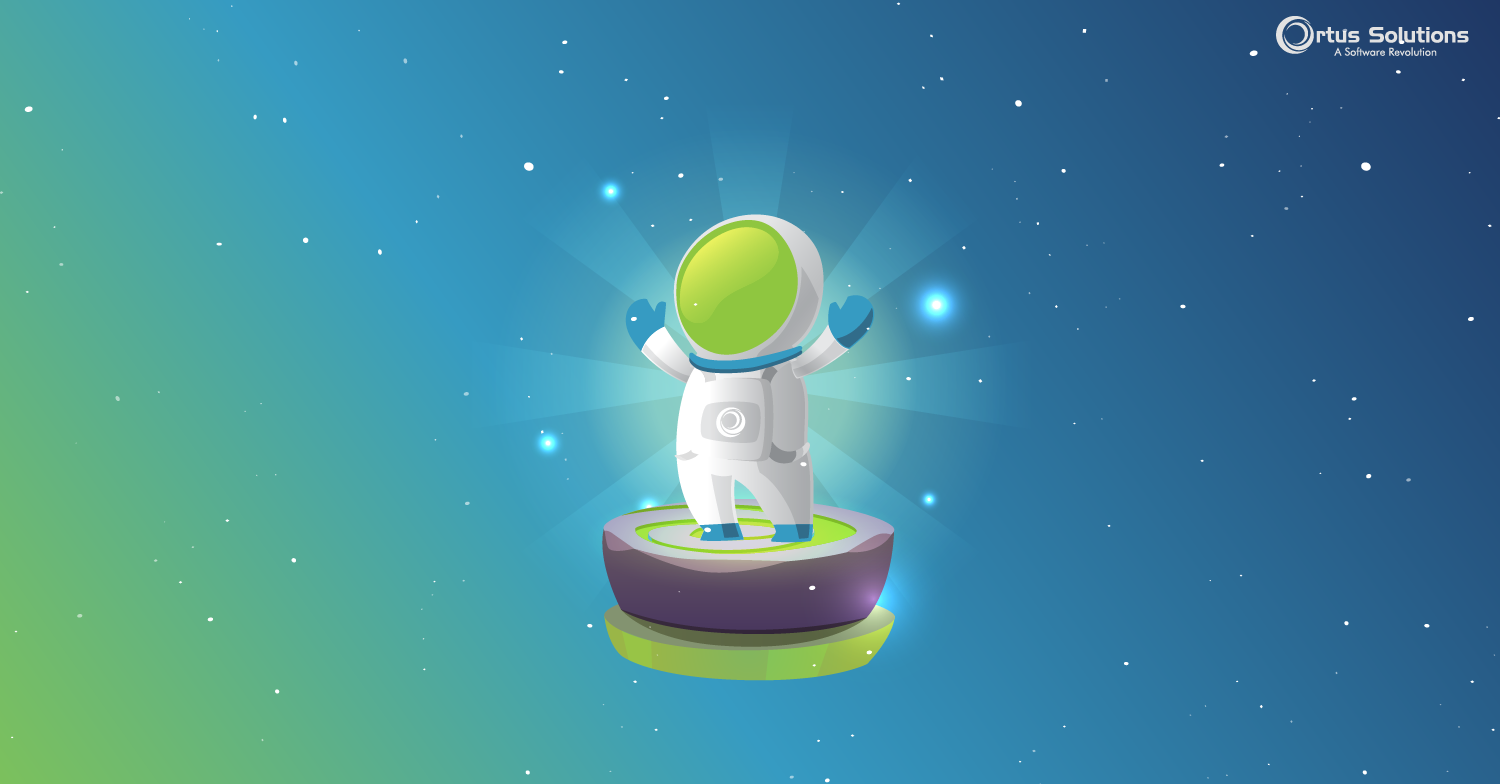
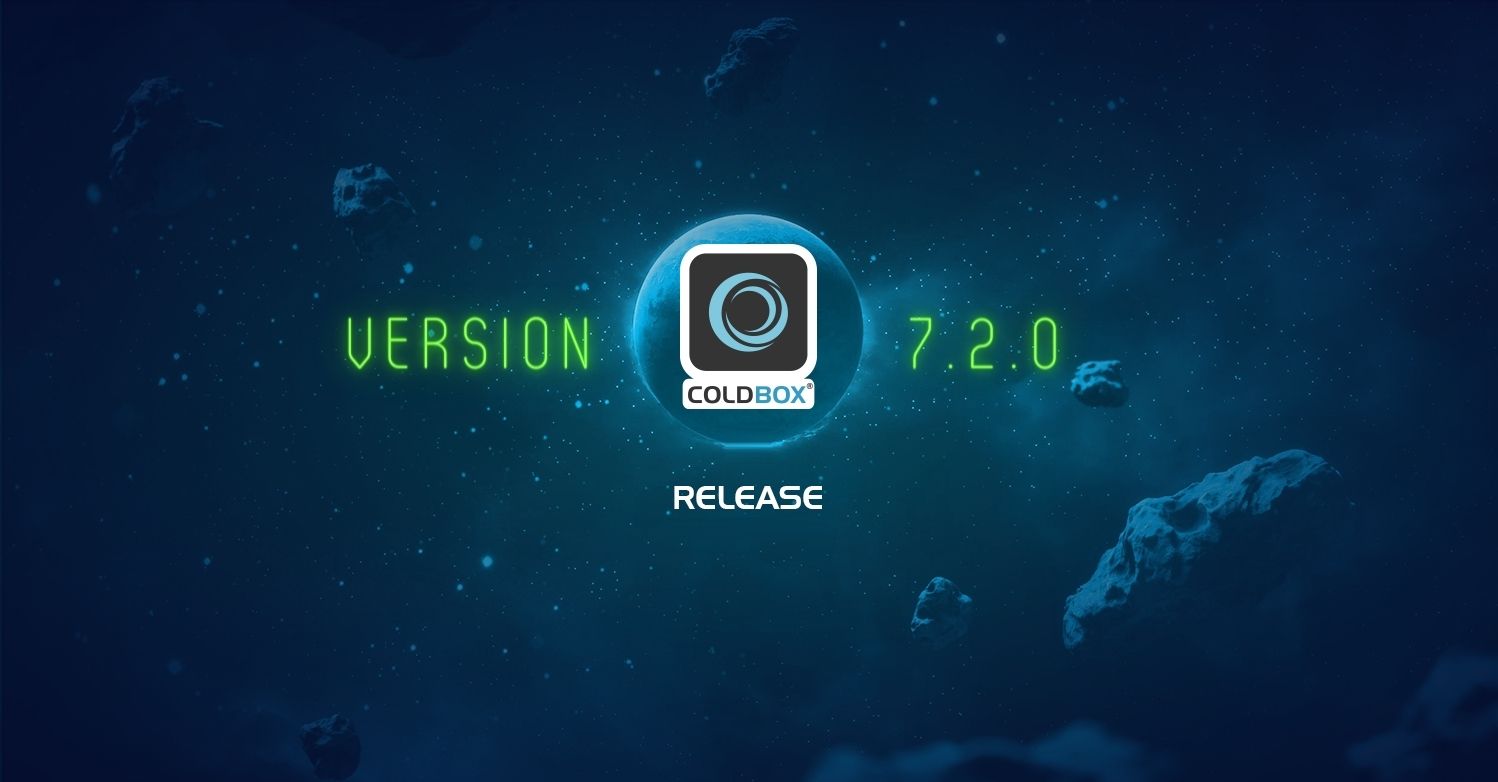
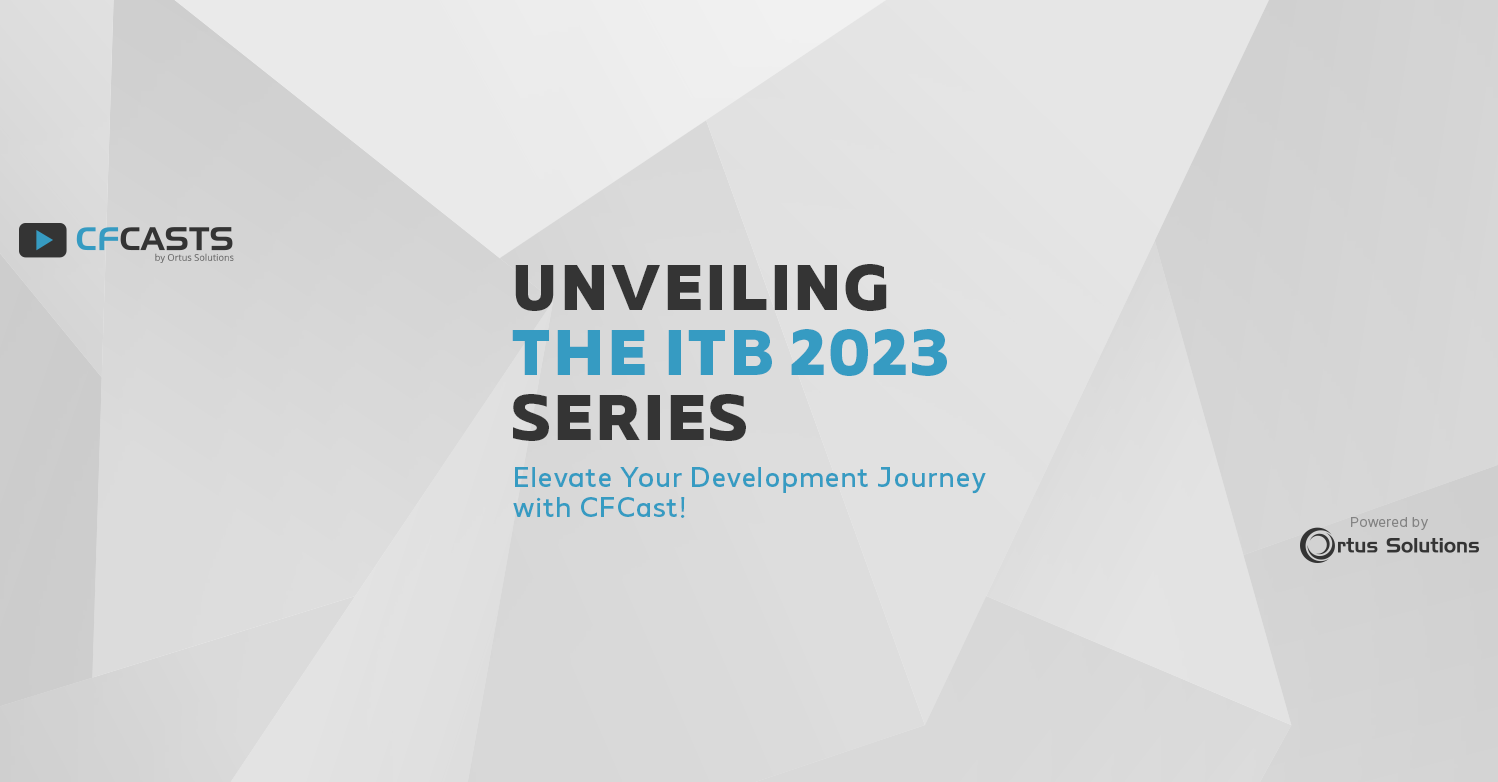
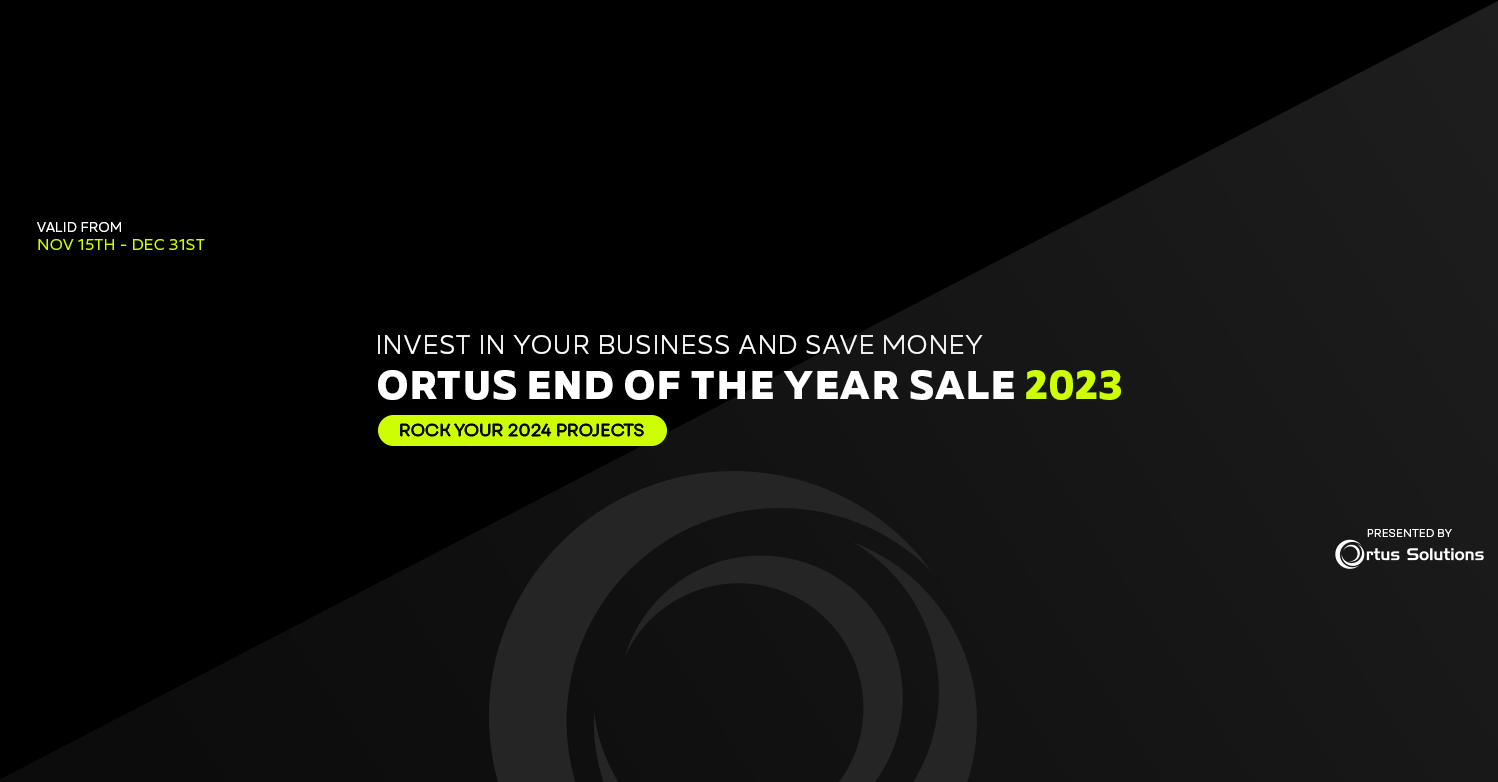
Add Your Comment
(3)
Dec 17, 2017 20:04:28 UTC
by sean hogge
So I get that these are sort of high-level exposures meant to whet an appetite to dive deeper, but one thing that I think might be handy is to outline what differences exist between CFConfig, Application.cfc, and server.json. You can set custom tag paths and datasources in app.cfc. You can set up engines in server.json. Why would someone use CFConfig over either or both of those other options?
Dec 17, 2017 22:07:10 UTC
by Brad Wood
Hi Sean, great questions. That probably warrants a separate post in the future. server.json doesn't really doesn't overlap Application.cfc or CFConfig at all but CFConfig does overlap Application.cfc a bit. The main reasons you'd use CFConfig is:
1) Application.cfc only covers a pretty small amount of the total configuration options in the web administrator
2) If you're on an older engine, or Adobe in general, Application.cfc is very VERY limited
3) CFConfig gives you tools like the diff function and import/export to move different settings between servers
4) Certain settings actually can't be in Application.cfc at all if they are compile settings like full null support in Lucee.
5) Lucee and Adobe don't have consistent support for things like datasources. An example is datasources-- they use different JDBC class names which CFConfig handles for you.
So in short, feel free to use your Application.cfc for what it can handle, but for everything else there's CFConfig which is far more comprehensive. With the CLI tooling and external JSON storage, CFConfig helps you externalize your config a bit more and even automate the management of it in a way that Application.cfc just doesn't allow.
Dec 21, 2017 17:37:32 UTC
by sean hogge
I'd definitely like to see a dedicated post to this topic at some point. I don't see why you can't diff outside CfConfig just as easily (are we talking windows, here?), and some examples of how to accomplish common tasks done different ways would be very interesting to me. Thanks for the quick run-down!